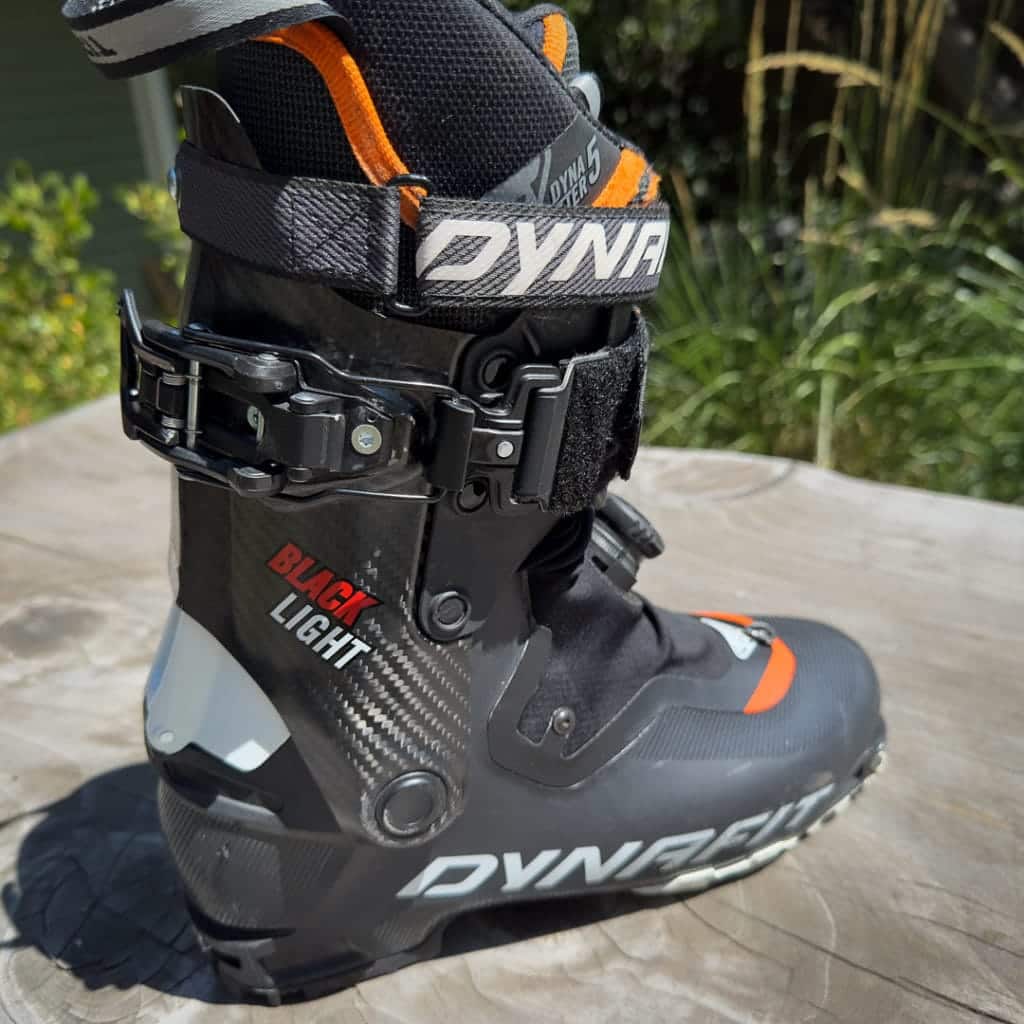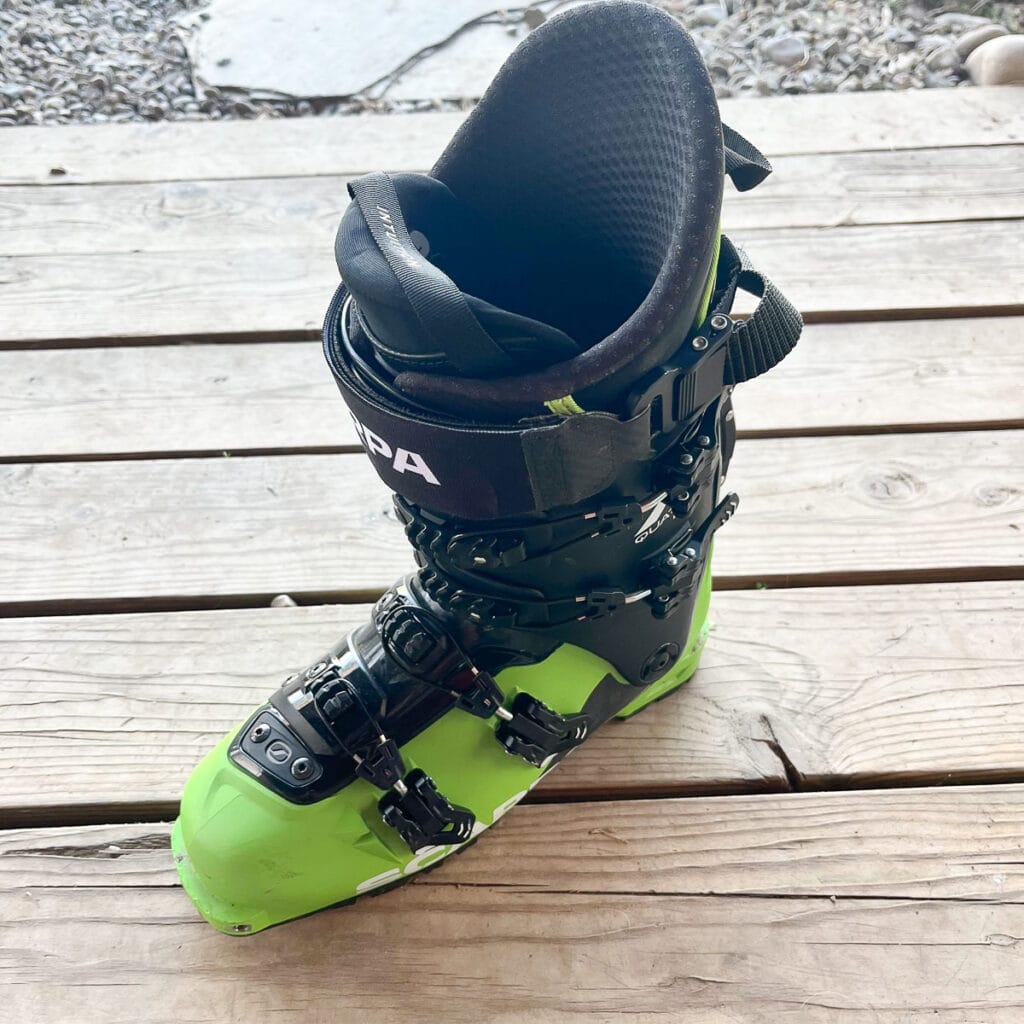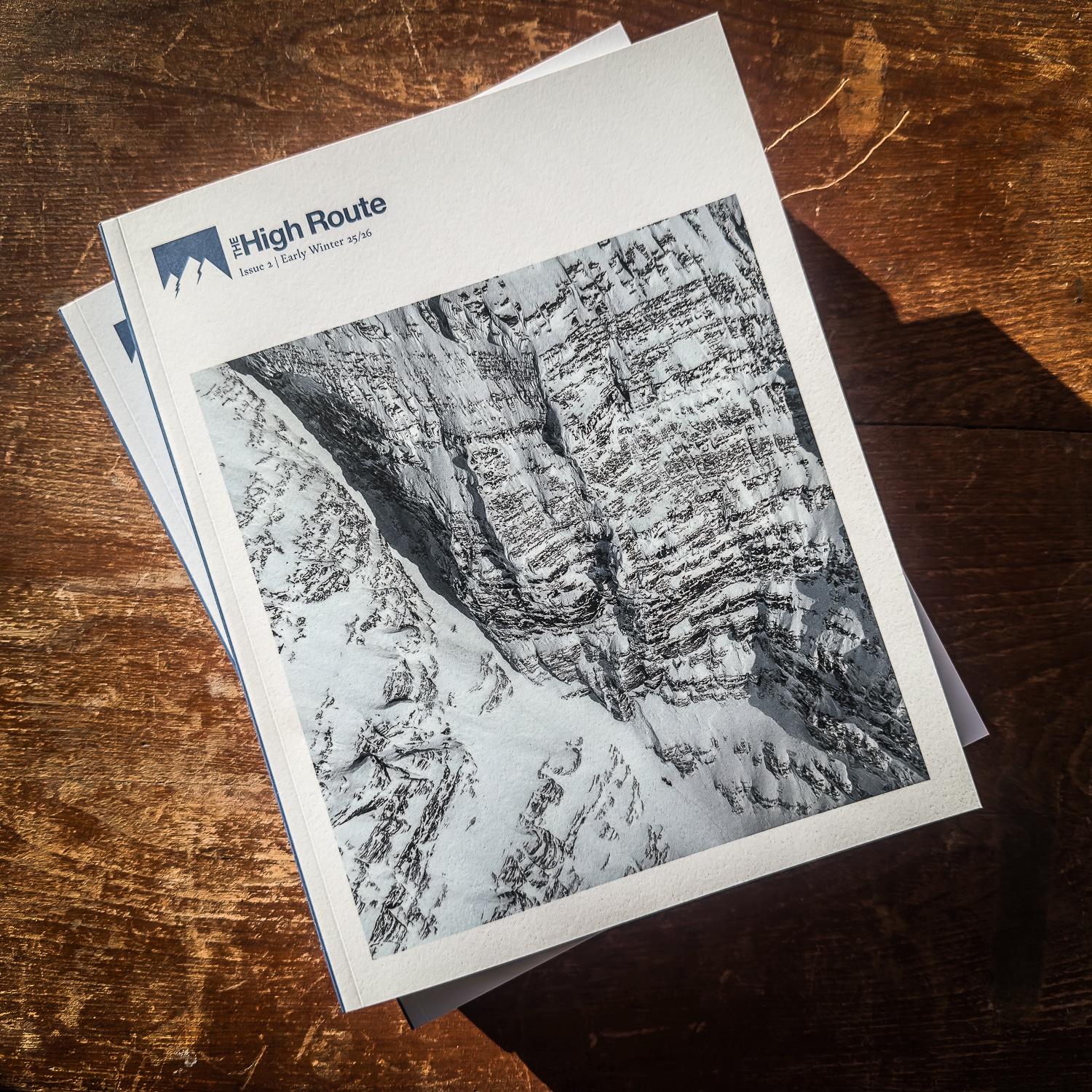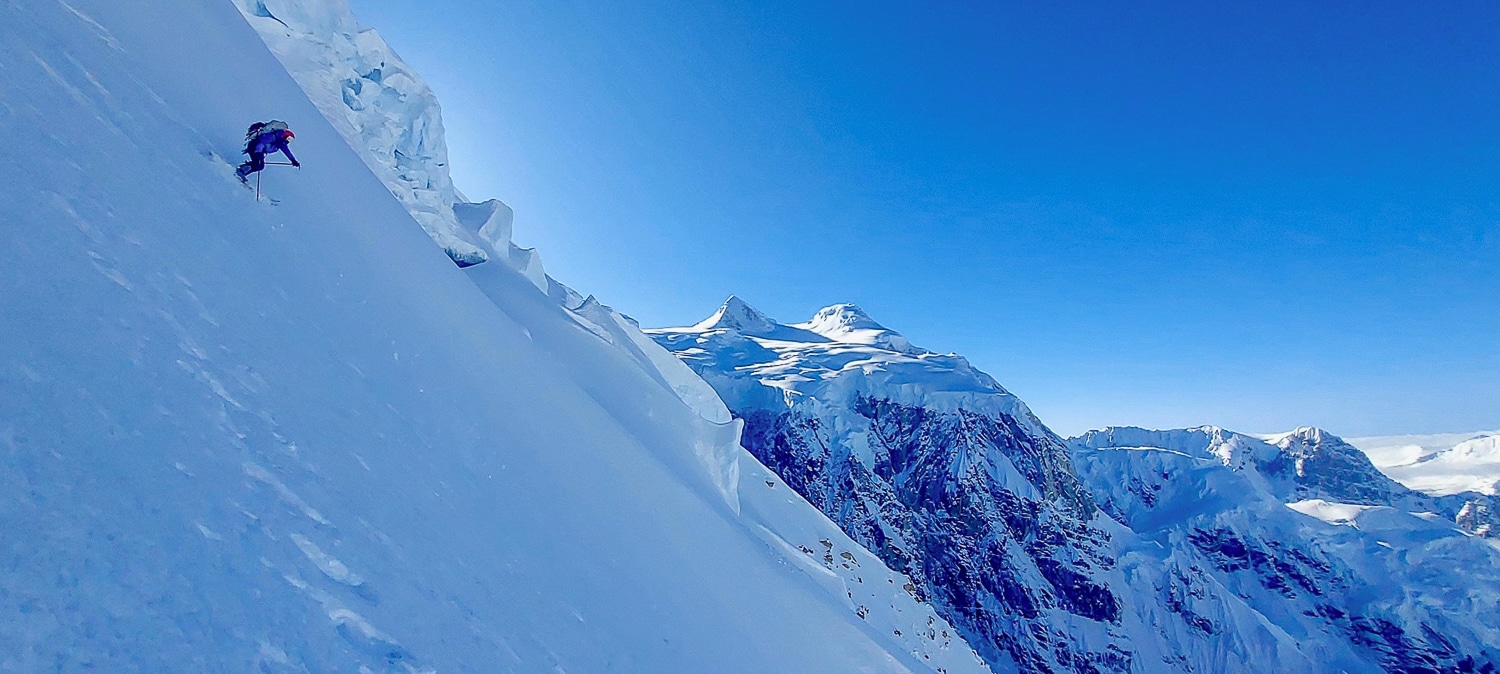We do a lot of behind-the-scenes banter about the mighty and sometimes ho-hum powerstrap. Loosely, let’s define the powerstrap as the adjustable closure at the top (or near the top) of the boot cuff that helps ensure better contact, and as a result, enhanced power transfer between your shin, boot, and ski interface. Power straps, as we’ll get into, come in a few varieties. There are elastic and static, Velcro and cam closure systems, wide and skinny, and being mindful of whether it is, in fact, a power strap at all: Fisher’s sliding buckle-power strap combo.
The main idea that prompted this conversation was reading about tourers who loathe power straps and cannot remove or replace a stock power strap fast enough. I also have a frequent touring partner using the Tecnica Zero G Tour Pro (updated model) with the power strap removed. This human is a cardio beast, stands 6’4”, and is no wallflower when it comes to seeking performance excellence from his gear. The Zero G Tour Pros are perhaps the pinnacle of design (if they fit) for a lightweight, four-buckle touring boot. And maybe so, with the two buckles helping secure a tight fit on the upper boot shell, some may find the power strap extraneous. And perhaps this skier still has big and strong calves (he’s a gazelle on a bike) and doesn’t need the power straps for added security.

So before we go deeper, let’s engage Gavin Hess.
THR: Yeah, so power strap. If someone is equivocating about whether or not to keep the power strap on or upgrade it, what are the determining factors?
Gavin: For me, the determining factors as far as removing a power strap are more related to how efficient you or I want to be with a transition. Overall, the weight factor is low for adding a power strap. They’re not very heavy. Another thing to consider is that some are effective, while others, such as the skinny Velcro strap on the Scarpa F1 LT, aren’t great. They slow down transitions, but more to the point, they don’t add much support.
Back to transitions. Not everyone is looking for sub-one-minute transitions. Some aren’t looking for two-minute transitions either. But some do want efficiencies. Velcro power straps require the doing and undoing at the top and bottom of a run. That can take time, and some models are finicky. Other designs migrate up and off the boot cuff—something Dynafit remedied in their Blacklight lines with a small (still fiddly) velcro tab that attaches the skinny power strap to a fixed point. (See photo). So if you are someone fixated on fast transitions, then a power strap might not be for you, or at least not all power straps.
THR: Let’s chat about wider velcro straps for a moment. Maybe it’s a sore subject? I recall you writing something about the end of Velcro at some point.
Gavin: I could go on. But let’s keep it tight, velcro power straps keep you doing and undoing. That’s a pain. And it is across the board, from the Hoji Lock system on the Dynafit Ridge, which is a crafty boot, the Scarpa F1 XT, and the Salomon Mtn Summits, which feature a buckle-power strap combo; all that doing and undoing is likely unnecessary from a design standpoint. And that’s the direction most companies have gone: toward a camlock-activated, wide, and non-elastic power strap. Yank the pull, and the cam lock does its job, tightening them. The camlock is also semi-easy to loosen. An effective hook, Tecnica calls it the G-hook, connects (hooks) to the powerstrap, so if you want to fully disengage the strap in walk mode, that’s easy to do. To rehook with gloves on, that’s slightly fiddly, but not even close to a deal breaker. Lastly, Technica’s power strap has a grippy material on the inside, ensuring it does not slip upward. That’s a key and likely basic fix for many brands.


Other companies have iterated to good effect as well. On Fischer’s Trans Alp series and the Scarpa Quattro Pros, a simple camlock and hook system keeps the power strap in place. Even some lighter boots, like La Sportiva’s Kilo and Tecnica’s Zero G Peak series, have wide and very effective power straps that don’t significantly slow down transitions, and they provide better contact with the boot. And that is the use case for a power strap: it provides a closer fit between your shin and boot tongue, so overall, there is better contact further up your leg. As touring boots have incorporated taller cuffs, it makes a solid and effective power strap that much more important.
Some power straps are more elastic; in particular, I’m thinking of the aftermarket Booster power straps. They do a good job, and they feature a camlock adjustment. Tourers dialed into flex nuances might notice a slightly better sensitivity to boot flex with the elastic power strap; at least that is what the marketing copy claims. Either way, they can be effective if you are looking to mod a book lacking a power strap, or replace what you think is an otherwise ineffective power strap, even on boots in the 1 kg class, but it will add some weight. Hardcore weight weenies could opt for a basic Vole strap.






Leave a Reply
You must be logged in to post a comment.